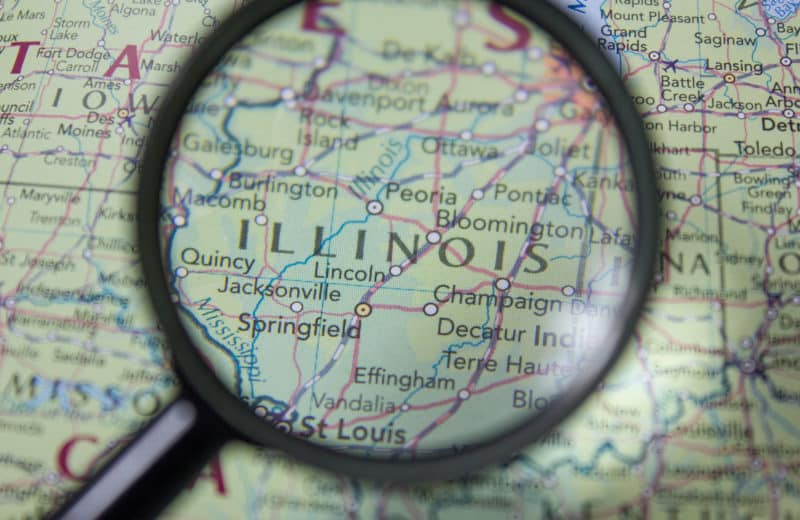Getting a root canal in Mexico slashed my expenses—and I got a vacation out of it
When my Chicago-area dentist told me I needed a root canal and a crown—and that the bill would be $2,430 out-of-pocket—I decided to become a dental tourist.
Looking up Mexican dentists online, I found one with impressively high customer ratings whose quoted rate was one-quarter of my dentist’s. This dental clinic is outside of Puerto Vallarta, a resort town on Mexico’s western coast. Sure, I had to buy an airplane ticket and book a hotel room for five nights, which cost several hundred dollars that I otherwise would not have had to purchase if I’d stayed home. But even with the travel expenses and procedure costs, it was less than I would have spent at home. And I got a vacation out of it.
Healthcare Vacays
Dental tourism is a form of medical tourism, which takes Americans all over the world seeking healthcare. About 1.4 million Americans will travel outside the United States for medical care this year, with about half of them traveling for dental services, according to the website Patients Beyond Borders.
According to Dentistry IQ, a resource of dental professionals, 25 percent of those willing to open wide south of the border hail from the western United States. However, the survey found that less than 10 percent of Midwesterners are willing to bite.
The chief concern about dental tourism is the unknown. Until we have read up on the topic, few of us have any idea how competent and safe dentists in Mexico are.
“Americans aren’t aware of all the hidden safeguards in the United States,” says Maria Lopez Howell, a San Antonio dentist and consumer adviser for the American Dental Association. Instruments must be completely sterilized, rooms thoroughly cleaned, and if something goes wrong, patients can complain to the local dental society, she says. But she has a deep respect for her colleagues in Mexico; her Mexican-American family includes 13 dentists practicing on both sides of the border.
Kirk Siemens, owner of Dentoamerica, the clinic I chose, concedes that Mexican oversight isn’t as thorough as in the United States, but he says his clinic adheres to U.S. standards in key areas like cleanliness and sterilization.
Since minimum standards in Mexico may be weak, you have to carefully select a dentist either through word of mouth or by consulting online ratings, as I did. On WhatClinic.com, I found that Dentoamerica has a 96 percent satisfaction rate and glowing testimonials from former customers.
“The Internet is probably our best ally,” Siemens says. “It lets buyers check out dentists, use emails to arrange visits and send X-rays in advance.” Dentoamerica opened as a two-dentist operation in 2009 and now employs seven full-time and three part-time dentists and specialists, treating an average of 2,000 patients a year.
Tarmac to Chair
Despite my advance planning, I arrived in Puerto Vallarta in January with apprehension. I don’t speak Spanish, and I had never been a medical tourist before. To complete my root canal, all of my dental visits had to be packed into five days, with the first visit starting two hours after my plane landed.
The room was clean and sunny, whiter even than dental examining rooms stateside. Some of the dentists have limited English, but Siemens, a transplanted Canadian who’s not a dentist, came in to translate. Several full-time patient coordinators are also bilingual. The doctor’s initial inspection revealed that a crown on another tooth was badly chipped, so I opted for a second crown in addition to what I’d need from the root canal. The work began right after the checkup.
At nine the next morning, I came back to prepare for two crowns, which would be milled at an outside lab. Over the weekend, my wife and I enjoyed the tourist part of dental tourism—lolling around the pool and beach of our resort, enjoying free drinks and meals and toasting our good fortune as temperatures plunged in Chicago.
My crowns were installed on Monday evening, and the following afternoon, I boarded my plane home.
The bill for the dental work was about $900, after a 10 percent discount for paying in cash. I’d brought U.S. dollars but needed more cash for the second crown, which was paid in pesos withdrawn from an ATM. Adding my plane ticket and hotel bill, the total cost of my trip was just under $1,600—a savings of $830 from what my Chicago doctor was charging.
How can it cost so little? The cost of living is dramatically lower in Mexico. There’s also a glut of dentists, keeping their salaries low, and many don’t use dental assistants.
If you do choose to go, Howell says, do your research. “Look for recommendations, consult the ratings on the web, check out the dentist’s qualifications.”
Reputable dental offices, including Dentoamerica, offer one-year warranties on their work. If something goes wrong that isn’t your fault, they’ll fix it for free. However, they will not cover the cost of the plane ticket or the hotel. That’s the chief drawback of dental tourism—if you need any fixes, you have to get back there.
Siemens advises against using brokers to find a non-U.S. dentist. They take a cut of the payment, raising the price. I also learned that dental tourism vacation packages, which include the flight and hotels, can be more expensive than arranging the trip on your own.
Dental tourism isn’t popular enough to have much effect on U.S. dentists’ bottom line, but it can have a personal impact on them. When I went back to my regular dentist, the hygienist praised my new crowns, but my dentist seemed a little hurt. She politely looked at my teeth, smiled awkwardly and left the room.












